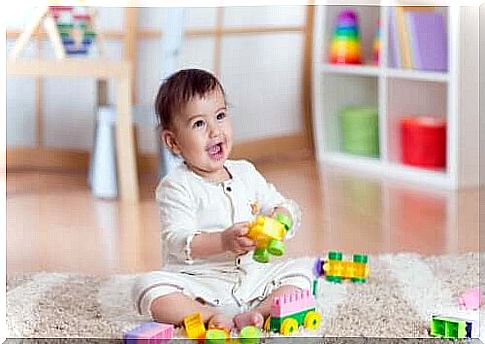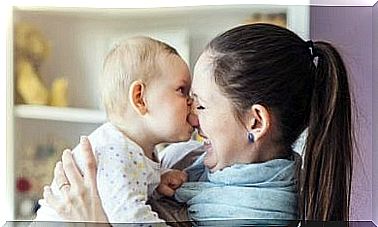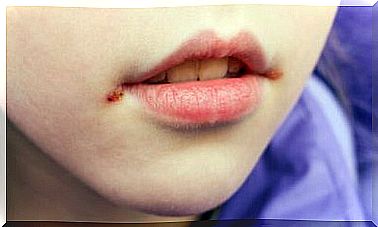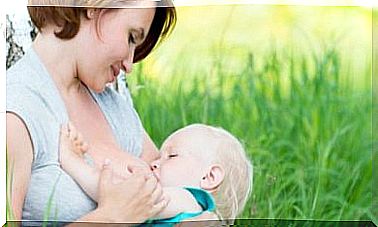Games For Working Motor Skills In Children

Games for working motor skills in children are an excellent tool. However, they are not given real prominence until the school stage. From this age on, children begin to be introduced to sport, but from a perspective more focused on talent and competitiveness than on their full development as human beings.
However, the motor is essential for the proper development biological, psychological and social child. Therefore, if we wait for the beginning of the school phase so that it can be worked on, we will leave three years of great importance in the child’s life in limbo.
What is motor development?
Motor development encompasses a whole series of changes that occur in a person’s motor skills. Thus, progressively, the individual is able to perform new and diversified motor actions efficiently. In addition, it also acquires control over its own body and achieves a better adaptation to the physical and social environment.
Motricity develops practically from birth to adulthood. However, it is important to know the different evolutionary stages that the child goes through in order to offer the most adequate stimulation in each one of them. For this purpose, we will group the proposed games according to the age for which they are destined.

Games for working motor skills in children
3 to 6 months
- Place the child on a mat and provide several colored cups (of a suitable material). Then encourage the child to build towers by placing the cups on top of each other. This simple activity supports your child’s gross and fine motor skills as well as coordination.
- In your child’s crib, place a musical piano at your feet. That way, when she kicks while she’s lying down, she’ll hit the keys and the piano will make sounds. The musical stimulus promotes her movement and encourages her to continue. This stimulation game favors the development of the baby’s gross motor skills.
6 to 9 months
- From that age onwards, circuits, or routes with various “obstacles”, became very appropriate. The idea is that the little one, crawling, goes through the different elements. Toy mats and tunnels can be used, but if these features are not available, just use your imagination.
- Thus, we can use pillows at different heights or boxes open on both sides. We can even place a toy at the end of the route and encourage the child to move to it. With this activity, we strengthen the action of crawling and promote gross motor skills.
- To work fine motors and pinch movement it is very beneficial to offer building blocks of different shapes and sizes for the little ones. Sitting on the ground, they can simply play with them, creating towers or stacking them however they like.
9 to 12 months
- On the other hand, to improve pinch movement and also hand-eye coordination, we can work with small balls of different colors. By arranging several containers, we can challenge the child to store as many balls as possible in the container in a given amount of time. Or we can ask her to keep all the balls of the same color (for example: keep all the red ones in this box).

Games to work motor skills in children aged 12 to 15 months
- First, we choose a small toy for ourselves that has wheels (it could be a stroller, a train, a truck) and another for the child. Then, sitting on the rug, we roll our toy, making a path. The child, with his own toy, must follow the same path. So, we switch roles and the adult must follow the path marked by the child. We can also use large cardboards and draw on them the path that toys can follow.
- If, to follow a path, we use drag toys that allow the child to stand up, we will be working on gross motor skills and, in addition, reinforcing the action of walking.
- Marioskas are also a very useful object to help develop fine motor skills at this age. It is enough for the adult to demonstrate how they are used and then allow the child to experiment with them.
These are just a few ideas for interventions that parents can do at home to work on their little ones’ motor skills. We shouldn’t wait until the school stage to provide the appropriate stimulation.









